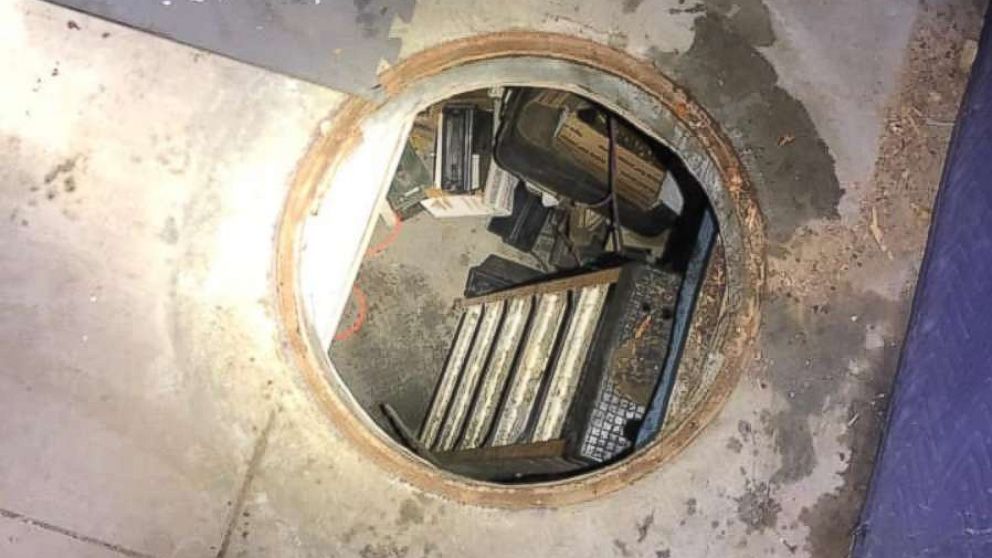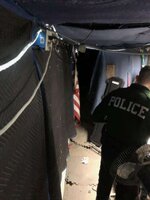- Messages
- 96
- Reactions
- 151
Follow along with the video below to see how to install our site as a web app on your home screen.
Note: This feature may not be available in some browsers.
Instead of insulation, cover it with dirt to deaden the soundAbove-ground pipe, 3 ft diameter, with a target rail thing? Then one end in a berm built up with clay and hard structure inside?
Edit. Might help reduce reports a bit, especially if you could wrap insulation n stuff on outside, basically a giant silencer tube but not attached to guns
Invite the inspectors to come and try it out!+1 to underground. You could also look into building an isolation box for the shooter - basically a soundproofed box to soak up most of the noise. Then you would limit the amount of soundproofing needed for the rest of the range length.
Whatever you build, make sure you aren't running afoul of your property's zoning. Last thing you want is to deal with a legal battle over it.


